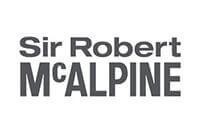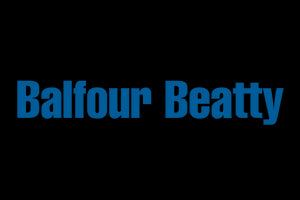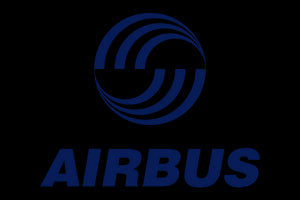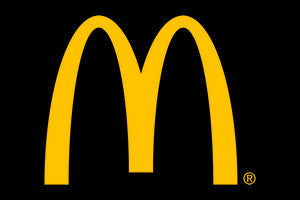Powder-based additive manufacturing creates fine airborne particulate from polymer and metal powders, plus fume from lasers and heated build chambers. Effective dust extraction protects health, product quality and equipment, while supporting COSHH duties.
Map powder flows and tasks
Identify where dust escapes: powder delivery, loading, depowdering, cleaning, sieving, and waste handling. Separate clean and dirty zones and set defined transfer routes. Provide antistatic grounding and avoid open tipping where closed transfer is possible.
Capture at source
Use enclosures, glove ports or downdraft capture for depowdering and cleaning. Fit LEV arms where tasks are varied. For metal powders and respirable fractions (PM1–PM4), use high-efficiency filtration (H13/H14) within the extraction chain. Equipment such as the MAXVAC Supra ACD vacuums can remove spills and residues at source without re-dispersing powder.
Control in the air
Maintain directional airflow from clean to dirty zones. An air scrubber or negative air unit helps reduce background particulate and odour; a unit like the MAXVAC Dustblocker can be used to provide continuous room filtration when positioned to avoid recirculating dust across operators. Verify performance by measuring particulate trends during shifts, not just at start-up.
Fume capture for thermal processes
Laser sintering and fused filament processes release fume and ultrafine particles; capture close to the emission point. A compact LEV stack such as a MAXVAC WFE unit can manage local fumes without disturbing powder flows when correctly positioned.
Housekeeping and waste
Do not sweep or use compressed air. Use an industrial vacuum with appropriate filtration and antistatic tooling. Seal waste in lined containers and label by material. Clean transfer routes and change gloves and coveralls when moving between zones.
Verification and maintenance
Check airflow under load, not free-air ratings. Inspect ducting and seals, implement filter-change schedules, and use a PM meter to confirm controls are effective over time.
Practical takeaways
- Enclose and capture at the point of powder release.
- Use H13/H14 filtration for fine powders and task LEV for variable work.
- Maintain clean-to-dirty airflow with air scrubbers or negative air.
- Vacuum only; bag and label waste by material.
- Trend particulate levels and maintain equipment to under-load performance.
With disciplined zoning, capture and verification, sites can minimise exposure, protect builds, and reduce unplanned downtime.
Speak with a Dust Expert
Every site and project is different. If you’d like tailored guidance for your specific scenario, our Dust Experts are here to help.














